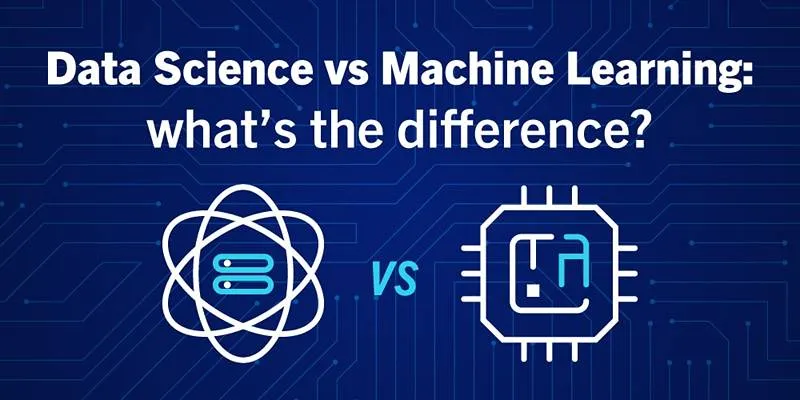How Artificial Intelligence and Data Analytics are Revolutionizing Formula E
Formula E is at the forefront of transforming motorsports through the integration of artificial intelligence (AI) and sophisticated data analytics. Teams today rely heavily on real-time race data to make strategic decisions. During each lap, engineers track hundreds of data points, including driver behavior, battery efficiency, and tire temperature. This wealth of information enables quick, informed decisions that can immediately impact race outcomes. Machine learning models are employed to predict environmental changes and anticipate competitors’ moves.
Data Analytics in Formula E Strategy
Every Formula E team uses data analytics to shape its race-day strategy. Engineers compile vast data sets during both qualification and practice sessions. This data provides insights into tire grip, energy consumption, and vehicle response. Each car generates approximately a million data points per race, which analysts use to optimize racing lines. Teams also examine competitors’ telemetry to develop both defensive and offensive tactics. Fast numerical analysis, powered by AI, guides team decisions.
Race strategies are influenced by seasonal changes and track temperatures. Data allows each driver to create customized strategies tailored to their style and preferences. Real-time dashboards in the pit provide crews with up-to-the-second updates. Coaches monitor live stats to adjust strategies mid-race. Drivers receive radio-based recommendations, enhancing accuracy and efficiency under pressure. Smart analytics technologies give teams a competitive edge, with those excelling in data interpretation gaining strategic advantages and achieving faster lap times. In today’s racing world, success heavily depends on analytics.
Artificial Intelligence in Car Performance
AI technologies optimize every component of Formula E car performance. Software simulations replicate vehicle behavior under various racing conditions. Before races, engineers run extensive scenarios, analyzing real-time performance factors via sensors within the car. These sensors monitor battery condition, brake efficiency, and motor temperature. AI systems adjust vehicle parameters during races to maximize performance. Algorithms predict when parts need cooling or when to conserve energy, reducing the risk of power loss or overheating.
Machine learning systems provide instant performance feedback to drivers, enabling rapid adjustments to prevent performance dips or damage. AI algorithms even enhance regenerative braking for efficient energy recovery. Every second saved can lead to podium finishes. Today, cars are digital devices with intelligence at their core. Formula E teams compete not only with fast cars but with the smartest systems. AI is the new engine driving winning strategies.
Real-Time Decision-Making and Predictive Modeling
Formula E provides a fast-paced environment for real-time decision-making. Split-second decisions can win or lose a race. Predictive AI models help teams anticipate changes in race conditions and car performance. Technical issues or weather changes can dramatically alter race dynamics. Predictive technology quickly simulates multiple scenarios to guide decisions. Alerts notify crews if tire pressure changes threaten speed. Forecasting tools aid in timing attacks or defenses. Live data patterns, combined with historical data, inform these decisions. Machine learning tracks energy usage and identifies patterns.
Real-time racing data gives teams the advantage of predicting competitors’ actions. Drivers receive calculated advice on braking points and overtaking strategies. Engineers can adjust battery usage during races. Data-driven notifications reduce human error under pressure. Every second counts, so systems operate without delays. Predictive analytics now acts as a co-pilot for the entire crew. In Formula E, superior predictions often outweigh sheer horsepower.
Energy Management and Battery Optimization
Formula E teams face the unique challenge of energy management. Each car has a limited battery life, making energy output maximization crucial. Advanced algorithms manage lap energy consumption based on demand. AI tools balance performance with environmental goals. Engineers enhance energy control through historical data and modern electric racing innovations. Regenerative braking plays a significant role in energy recovery, with sensors monitoring the effectiveness of power recharge. Teams analyze usage statistics to prevent energy waste.
Early race penalties or setbacks can result from overconsumption. Predictive control manages battery temperature, with AI systems automatically regulating discharge rates and cooling mechanisms. Teams experiment with hundreds of power maps before race day. Different circuits require tailored strategies informed by machine learning. A strong energy strategy can convert near-victories into actual wins. Formula E rewards both energy efficiency and skilled driving, ensuring not a single watt is wasted.
Enhancing Fan Experience with AI
AI enhances the fan experience as well as team performance. AI-generated data feeds provide live updates for viewers, displaying driver speeds, energy levels, and track positions in real-time. Augmented reality overlays help fans understand race strategies. Broadcasters use AI to highlight crucial race events, creating data-driven narratives that make following races easier. Electric racing innovations bring fans closer to the action than ever before. Predictive race results are available live for fans, and voting systems like Fanboost allow spectators to influence vehicle performance.
AI recommends highlights for broadcast instant replays. Apps offer fans behind-the-scenes data insights. Enhanced visuals clarify overtaking maneuvers and pit strategies. Interactive dashboards provide a gamified perspective, with AI tailoring content to fan preferences. Smart tools engage viewers more deeply with the race experience. Formula E makes technologically advanced racing accessible to all, with smart data enhancing the excitement.

Conclusion
With data analytics and AI leading the charge, Formula E is racing into the future. From strategy to performance, every aspect of the sport benefits from predictive AI systems and real-time racing data. This intelligent evolution involves engineers, drivers, fans, and more. AI-powered split-second decisions can alter race outcomes. Data analytics ensures the efficient use of every watt of energy. Formula E is not only fast—it’s impressively efficient. In modern motorsports, brainpower is as crucial as horsepower. Innovations in electric racing continue to shape a smarter, greener, and more connected racing scene.
 zfn9
zfn9






















